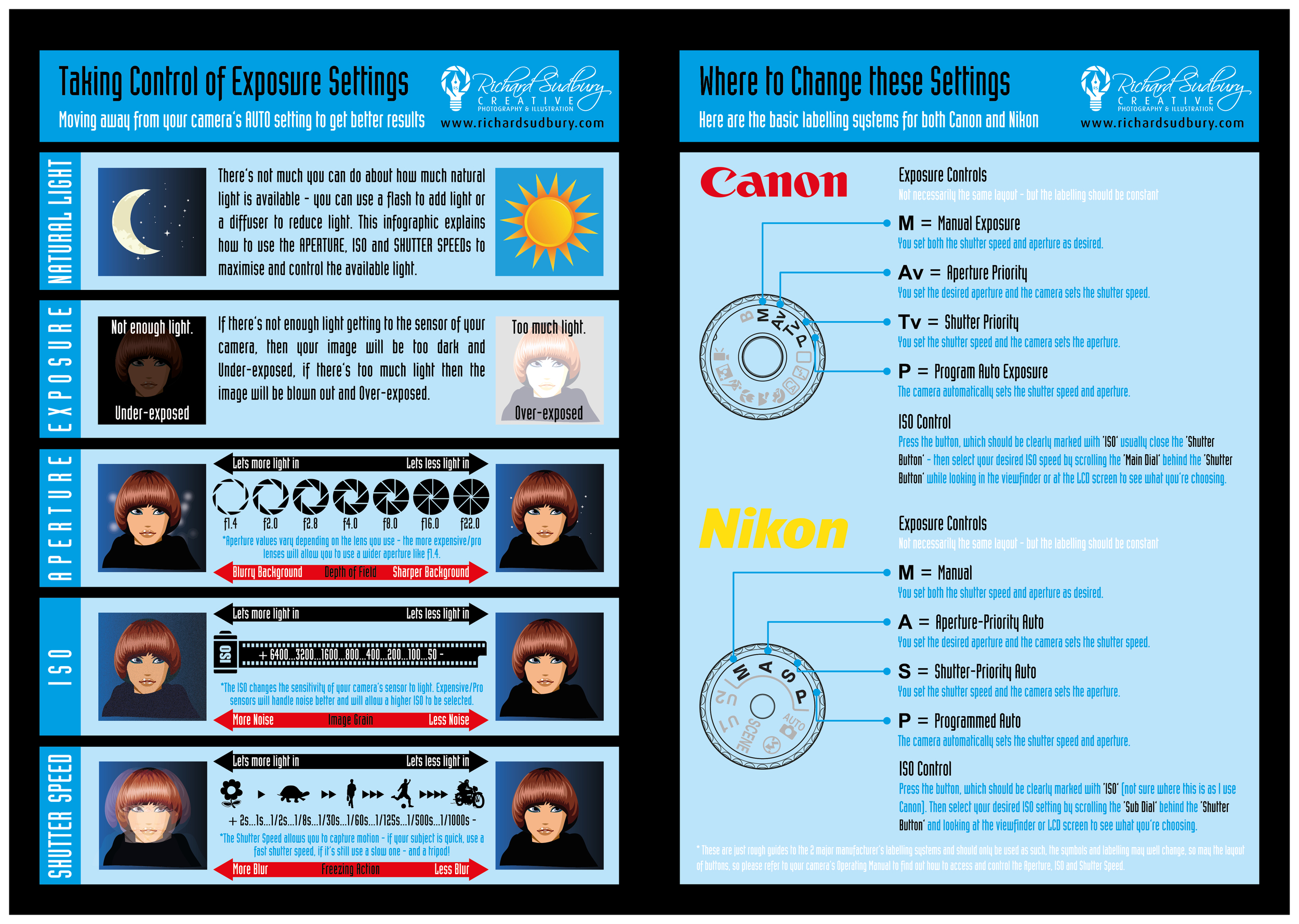Digital Photography Tips For Beginners: Mastering Your Electronic Camera In No Time
Digital Photography Tips For Beginners: Mastering Your Electronic Camera In No Time
Blog Article
Created By-Christian Fuentes
When you first grab your electronic camera, it can really feel frustrating with all the settings and choices available. You might find yourself asking yourself how to browse aperture, shutter rate, and ISO properly. Mastering these basics is important, but there's even more to digital photography than simply technical knowledge. Understanding structure strategies and illumination conditions can raise your images dramatically. So, what happens if you could discover simple techniques to boost your abilities and begin recording remarkable pictures sooner than you assume? Let's check out exactly how to transform your photography journey.
Recognizing Camera Setups
Comprehending your video camera setups is important for catching stunning photos. When you grab your video camera, acquaint on your own with the three primary setups: aperture, shutter speed, and ISO. Each plays an important role in exactly how your photos turn out.
Begin with aperture, which controls the quantity of light entering the lens. https://telegra.ph/Unlock-The-Tricks-To-Locating-The-Best-Electronic-Camera-For-Your-Demands-But-Which-Type-Will-Really-Record-Your-Vision-01-07 (lower f-number) allows a lot more light and creates a stunning background blur, best for pictures. Conversely, a narrower aperture (higher f-number) keeps even more of the scene in focus, perfect for landscapes.
Next, focus on shutter speed. This setup identifies how much time your cam's sensor is subjected to light. A fast shutter rate freezes motion, which is fantastic for action shots, while a slow shutter rate can develop stunning effects like smooth water in landscapes.
Last but not least, readjust your ISO. This setup influences your camera's level of sensitivity to light. A higher ISO serves in low-light circumstances but can present noise or grain. Go for the most affordable ISO feasible while still attaining correct exposure.
Composition Methods
When you're out capturing, composition can make all the distinction in just how your photos resonate with customers. Start by utilizing the regulation of thirds; imagine your framework divided into nine equivalent areas with 2 horizontal and 2 vertical lines. Visa photos along these lines or at their intersections to create balance and passion.
Next, take into consideration leading lines. These natural lines in your scene, like roads or rivers, attract the visitor's eye into the photo, directing them through the story you're informing.
Do not forget about mounting; use aspects within your scene, like trees or home windows, to develop a frame around your subject, including deepness and focus.
Likewise, keep an eye on your background. A chaotic background can distract from your primary topic, while a basic one helps it stick out.
Finally, explore symmetry and patterns; they can create a striking image that catches focus.
Learning Lighting Issues
Understanding lighting problems is critical for catching sensational pictures, as the best light can transform an average scene into something amazing.
Start by observing natural light at different times of the day. Early mornings and late afternoons provide the very best light, called the gold hour. The soft, warm tones during these times can improve your pictures perfectly.
Do not avoid overcast days either; diffused light can minimize rough shadows and develop a pleasing effect, especially for portraits.
Try out backlighting by placing your subject against the light. This strategy can create a dreamy halo effect and include deepness to your photos.
Pay attention to your electronic camera setups also. Adjust https://writeablog.net/aleta23arlene/exactly-how-to-find-your-special-style-as-a-professional-photographer , aperture, and shutter rate to suit the lighting problems. A greater ISO can assist in reduced light, yet be cautious of grain.
Make use of a tripod in darker environments to prevent blur.
Last but not least, do not fail to remember fabricated lighting. Flash and continuous lights can be great tools for controlling light in tough problems.
Conclusion
To conclude, understanding your electronic camera doesn't need to be overwhelming. By recognizing your settings, using composition techniques, and harnessing the power of all-natural light, you'll promptly raise your digital photography skills. Keep in hop over to this site , exercise makes best, so get out there and explore your newfound understanding. With time and dedication, you'll be recording spectacular images that show your distinct point of view. Enjoy the trip, and don't neglect to enjoy while you go to it!
